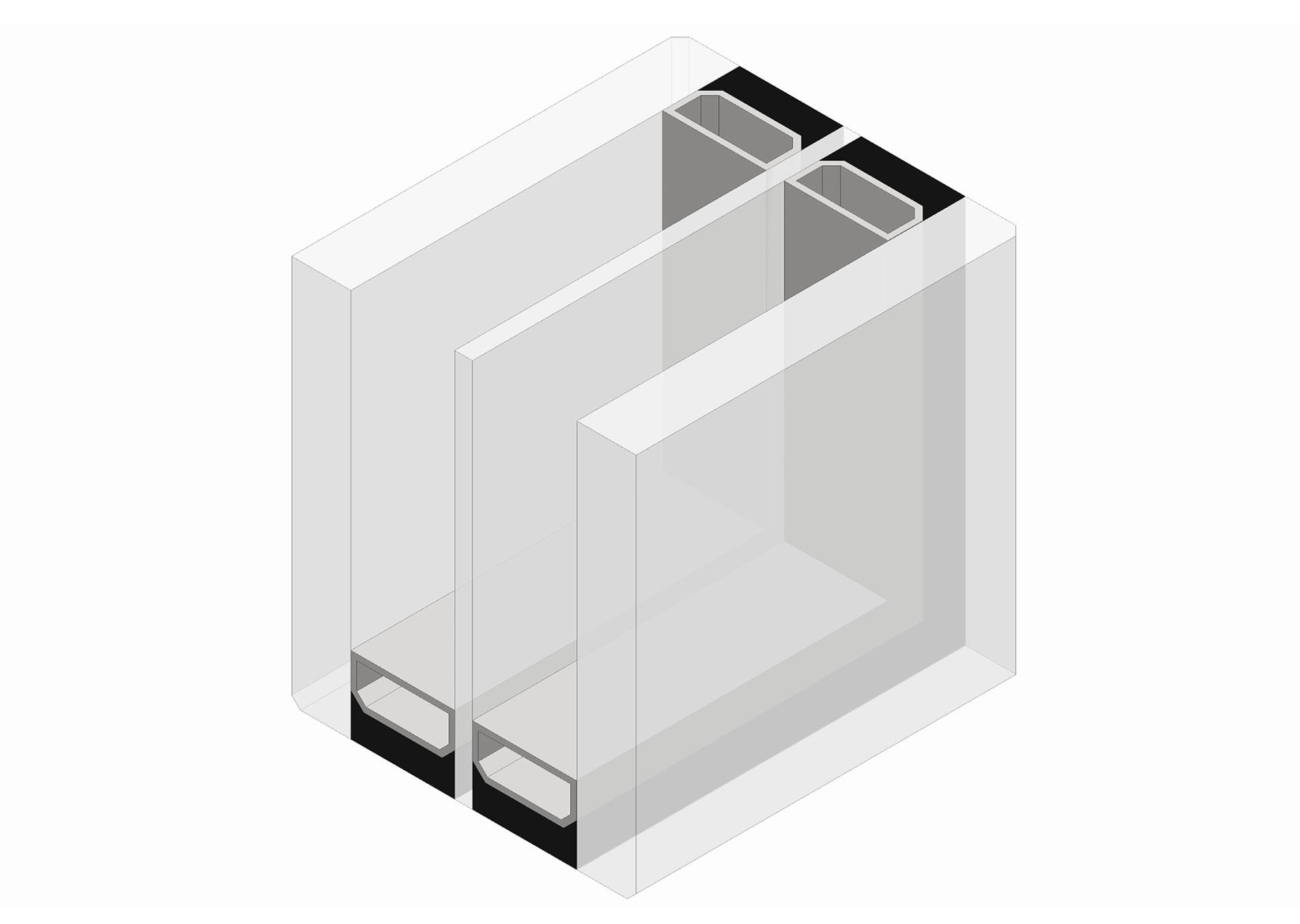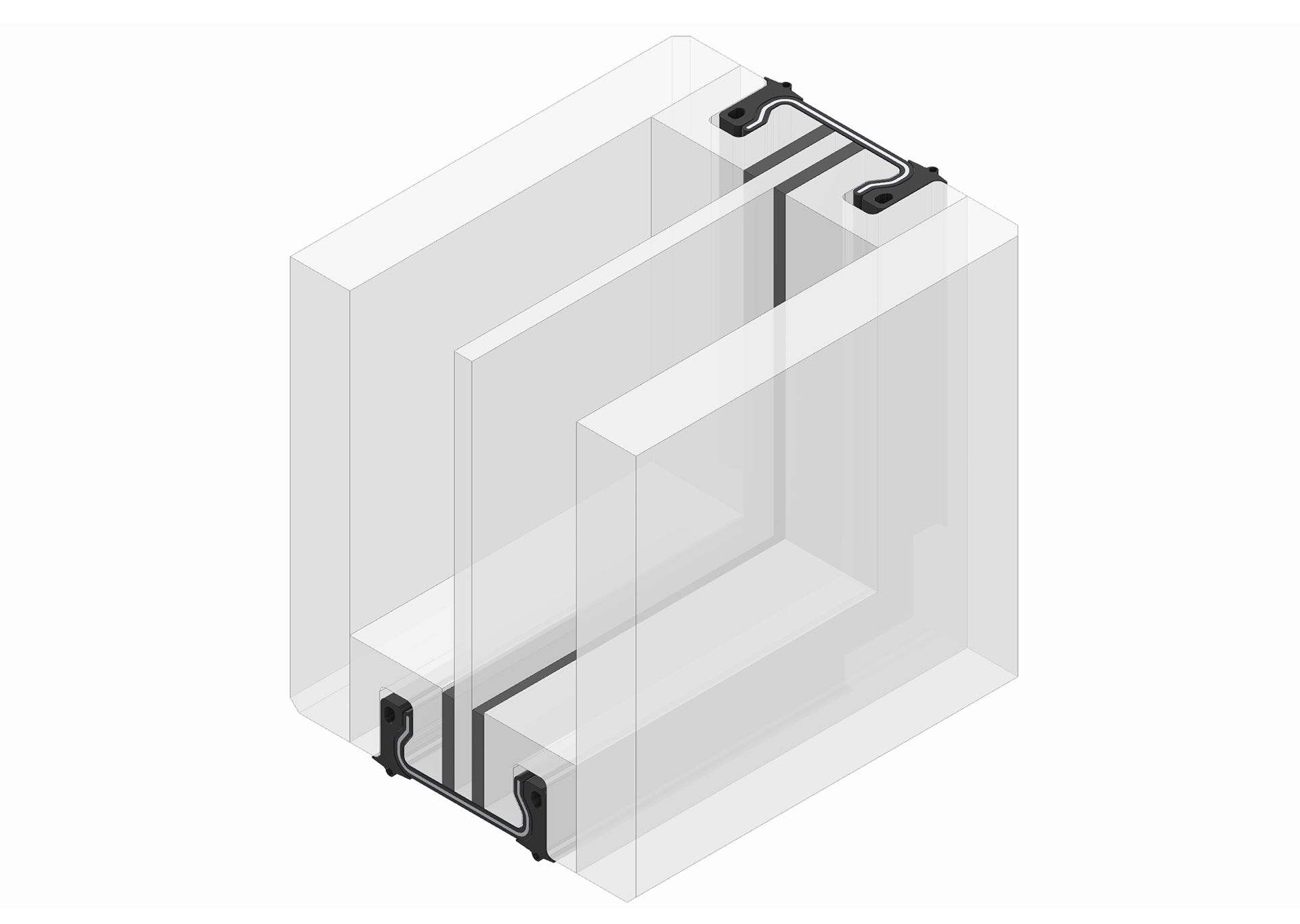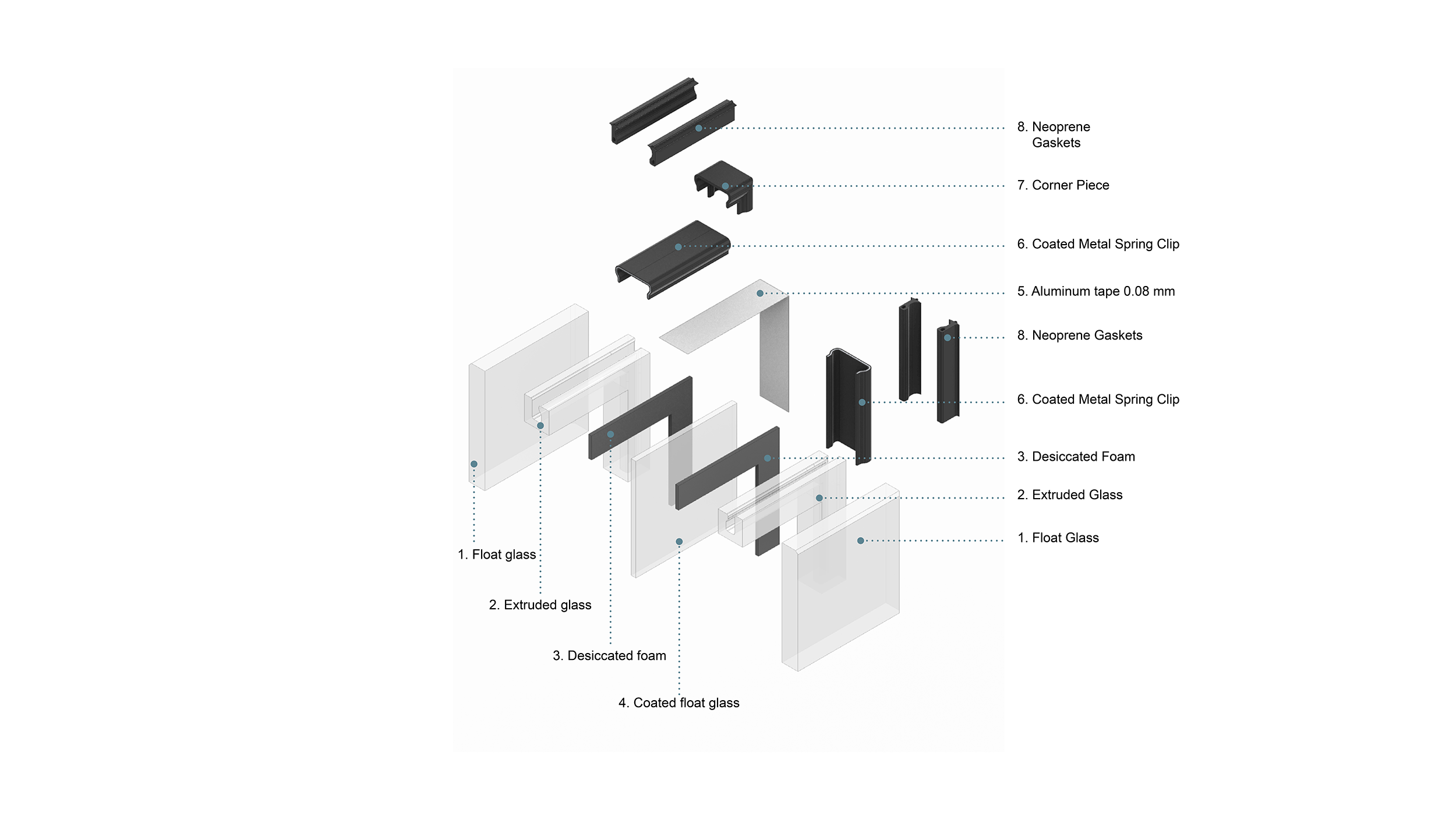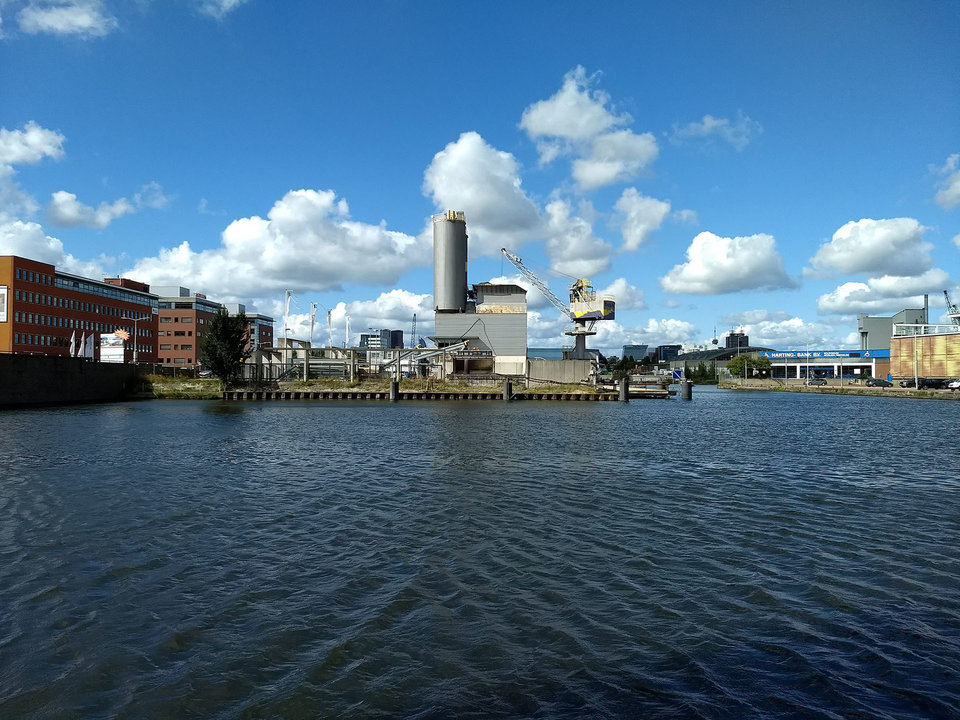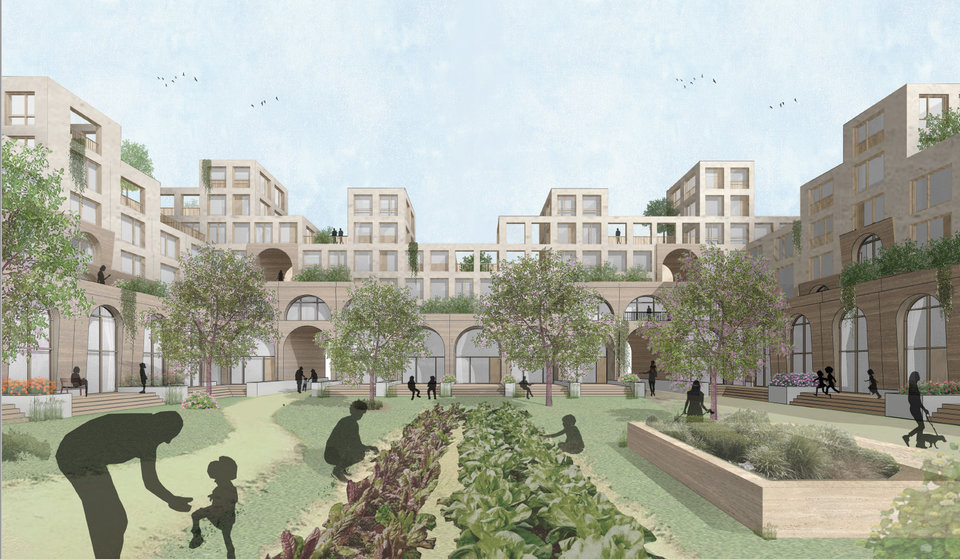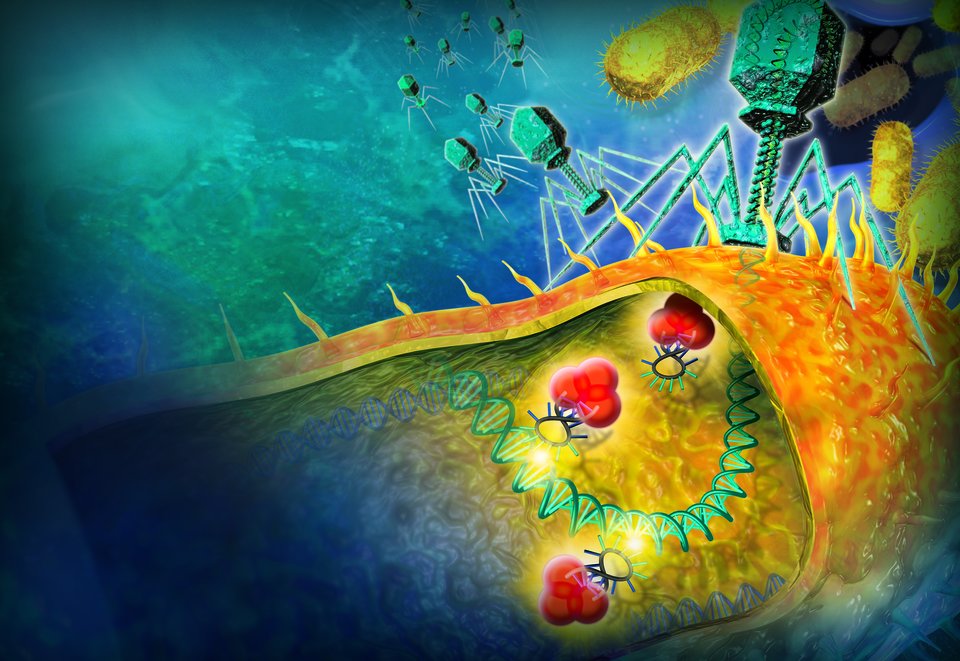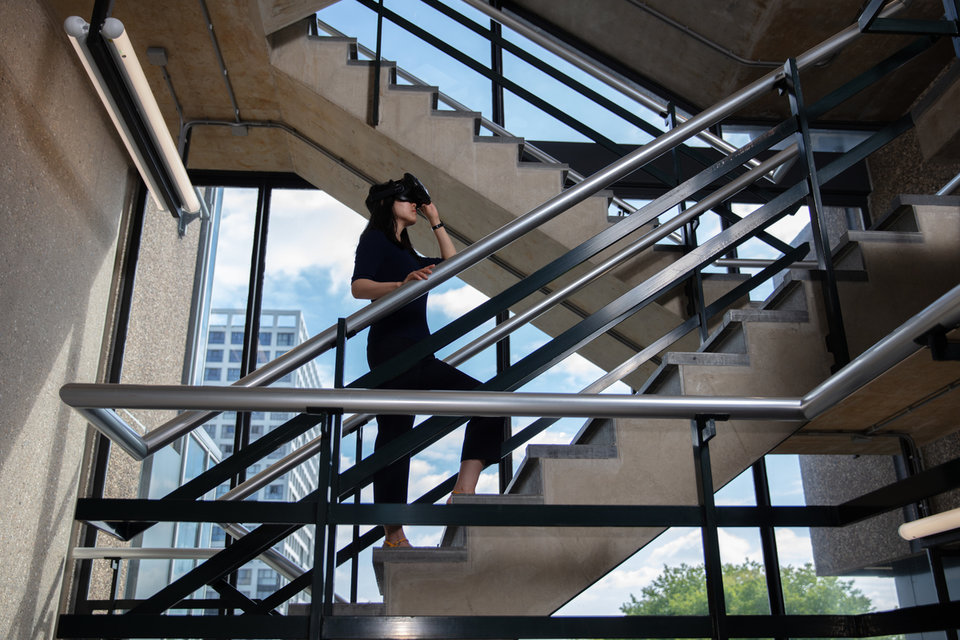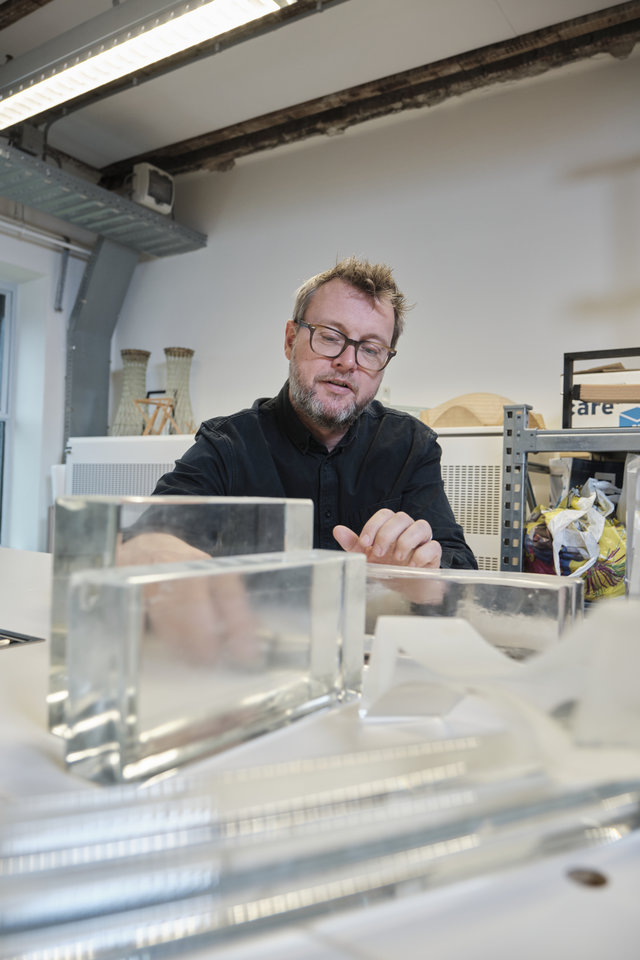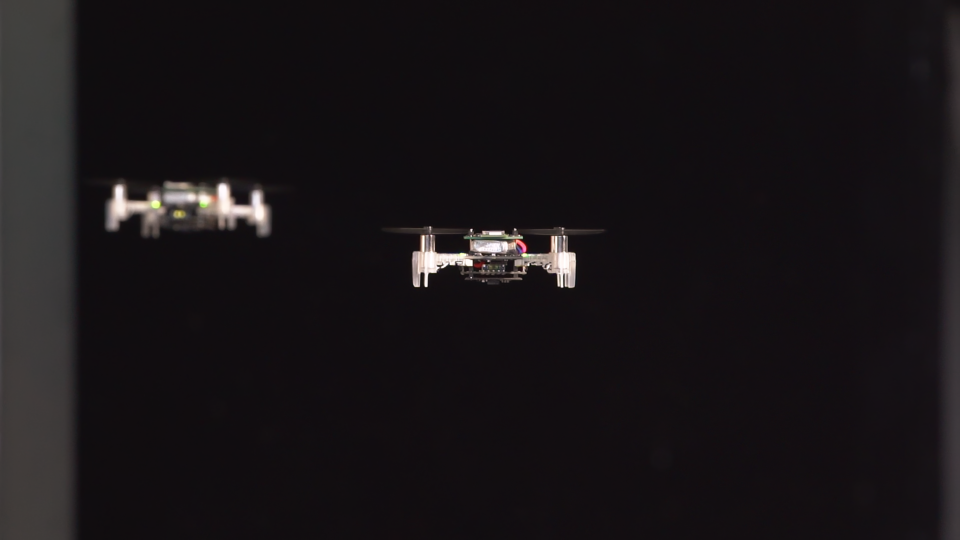Insulated double and triple glazing have enabled the design and construction of fully glazed facades with minimised thermal losses. The insulated glass units (IGUs), however, still serve as products with a limited lifespan, often ending up as demolition waste. In her Building Technology master thesis Sofia Kouvela designs for disassembly as a means to improve the end-of-life of IGUs, increasing the potential for reuse and recycling of glass. With her graduation project Sofia was elected one of the four winners of the Circularity in the Built Environment Graduation Award 2021-2022.
Insulated glass may fully function for more than a century. According to Greek architect Sofia Kouvela the main hurdle for recycling or sustained use lies in the construction of the unit. “The silicone adhesive seals that hold the glass panes together show signs of wear after approximately twenty-five years. They also make it hard to separate the panels and, like coatings, they leave the glass contaminated.” Because coatings and silicone residues compromise the transparency of the recycled glass, closed loop recycling of float glass becomes impossible. The glass is fit for downcycling only. “More often than not the glass just goes to waste.” Which is ridiculous, she says, considering that glass is fully and infinitely recyclable.
Challenge
Improving the thermal performance of a building is crucial to save energy, says Sofia, but a truly sustainable built environment can only be achieved by preserving materials and components. “As a practising architect I became conscious of the importance of circularity and decided to enhance my knowledge and skills to further this through my position in society as a professional designer.” At TU Delft, she found that avoiding contaminating factors on the glass surfaces and enabling the reversibility of the edge seal connection would make remanufacture of a unit and recycling of glass much easier. “So I have tried to figure out how to make such a connection in relation to all the performance requirements associated with insulated glass units. Quite a challenge.”
Innovation
After a period of thorough research, she started to sketch and model different configurations, arriving at one relatively simple option. “I worked at some wild and complicated ideas but ultimately you find that simple solutions are the best.” By eliminating all elements from float glass units that would prevent reuse and recycling, like adhesives and coatings, Sofia set the design criteria. “One of the proposed innovations is to introduce a method for making a dry connection – not using glue – by applying extruded glass between the panes, thus replacing the conventional spacer bar.” The different glass elements are thermally bonded: heating the glass so that it melts and fuses. Metal spring clips clamp the different parts of the unit together, ensuring a stable connection. “Both glass extrusion and heat bonding are not yet widely used in building technology”, she adds, “but research shows they are feasible methods. I also made a small prototype: the concept is sound.”
Apart from enhancing the circular character of the IGU, the proposed design additionally enhances the transparency of the edge seal connection compared to a typical IGU. An important contribution to the continuous search for optically discrete connections. Of course, further research and testing are required to establish the thermal performance and structural integrity of the unit in different configurations. “This is a first step, I would be thrilled to see how this project would fare on an industrial scale.”
More information
The complete thesis is available through this link:
Sofia Kouvela graduated under the supervision of Faidra Oikonomopoulou and Marcel Bilow.
Circularity in the Built Environment Graduation Award
Sofia Kouvela is one of the four winners of the Circularity in the Built Environment Graduation Award 2021-2022. With her graduation project she was elected winner in the category 'Materials & Components'.
The Circularity in the Built Environment Graduation Award is an annual award for students of the Faculty of Architecture and the Built Environment who graduated on a topic related to Circularity in the Built Environment. The prize is awarded by the Circular Built Environment Hub with the aim to stimulate research and innovation in the field of circularity in the built environment.
Winners of the Circularity in the Built Environment Graduation Award are selected from four categories: Materials & Components, Buildings & Neighbourhoods, Cities & Regions and Cross-scale.
Read also the stories of the other three winners
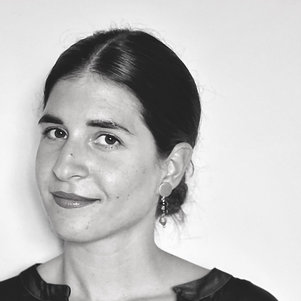
Sofia Kouvela
Winner Circularity in the Built Environment Graduation Award 2021-2022 in the category 'Materials & Components'.


